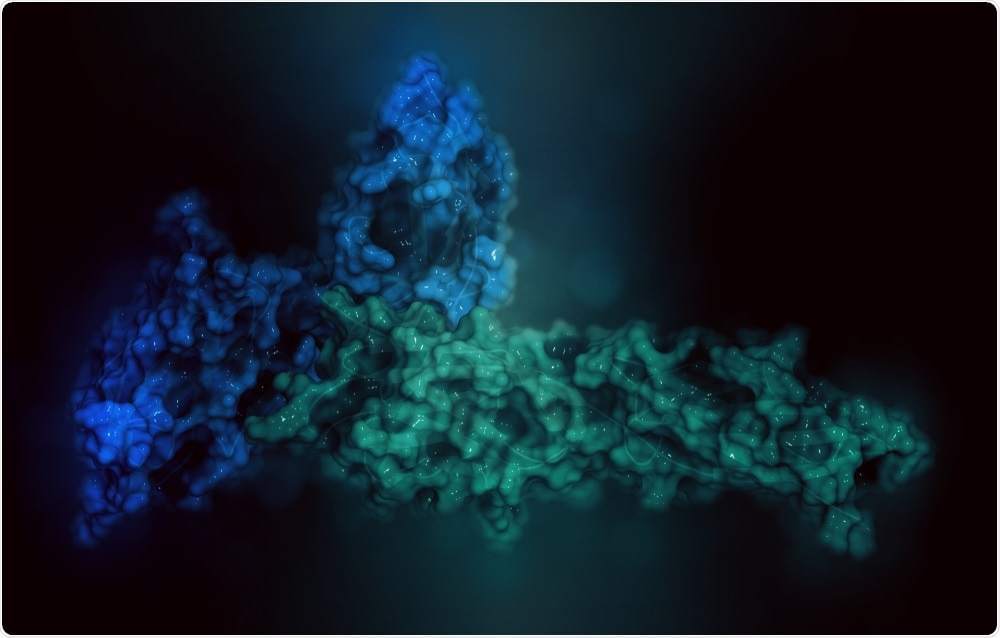Researchers from Sechenov University (Russia) and the University of Pittsburgh (USA) discovered that the resistance of innate immune cells, macrophages, to ferroptosis, a type of programmed cell death, depends on the type of their activation.

Image Credit: StudioMolekuul/Shutterstock.com
It turned out that cells helping tissues to recover from inflammation were more vulnerable. The researchers identified the mechanisms underlying the cells' resistance and explained how this research would help regulate inflammation in a paper published in Nature Chemical Biology.
When tissues are damaged and bacteria or viruses enter the body, this triggers a defense reaction and starts inflammation. Vasodilation and increased temperature at the site of injury aim to attract macrophages (cells that can 'capture' and digest bacteria and also pick-up and eliminate the remains of dead cells).
In this process, macrophages get activated: depending on the stage of inflammation and incoming signals, they can become 'soldiers' (M1-type macrophages), which attack foreign particles and damaged cells of the body, or 'combat medics' (M2-type), that remove cell fragments and regenerate tissues.
At the beginning of inflammation, the actions of the first group of macrophages are required, but if they continue their work longer than necessary, the inflammation becomes chronic and the surrounding tissues can suffer, so it is important that the second team get into action on time.
One of the mechanisms that can prevent the transition of acute pro-inflammatory response to the resolution phase is the different resistance of M1-and M2-macrophages to ferroptosis. As the authors of the study found, M2-type cells are much more susceptible to this type of cell death.
In addition, the cell debris accumulating during ferroptosis can further provoke inflammation and even worsen the situation.
Ferroptosis allows the body to get rid of damaged and metabolically defective cells; it is necessary for normal development of the body and can serve as a potential new strategy for fighting cancer (activating ferroptosis and killing the cancer cells can slow down tumor growth), but in many cases, cell death as a result of ferroptosis is undesirable, and chronic inflammation is among them.
Therefore, scientists try to explore this process as much as possible to understand what makes cells resistant or, on the contrary, vulnerable to it.
The authors conducted many experiments to determine the mechanisms that cause different sensitivity of cells to ferroptosis. Based on their results and new information, a mathematical model has been developed describing the stability of macrophages of different types under different conditions.
The model can both describe the observed processes and predict the results of experiments.
This work deepens our understanding of the cellular processes that determine the resistance/sensitivity of macrophages to ferroptosis, thus facilitating the targeted control of this type of cell death.